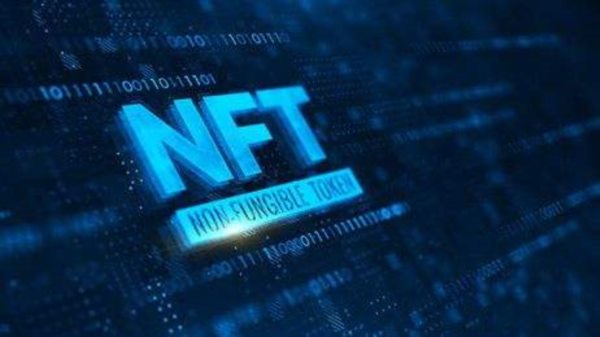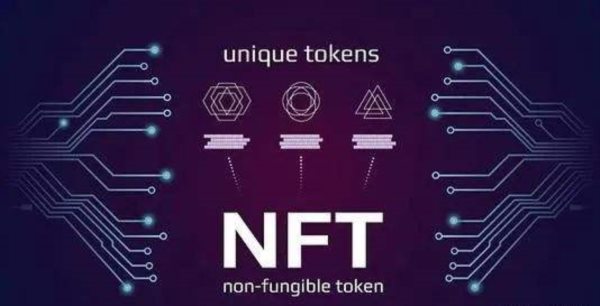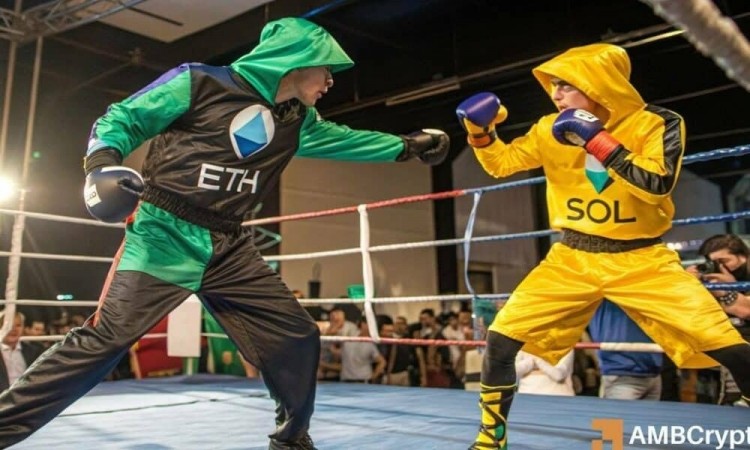For many people, the term NFT conjures up images of digital artwork and collectibles associated with seemingly large sums of money. But the frenzy around digital art reflects a compelling use case and is not the only thing happening in the world of NFTs. There are many opportunities for NFT adoption and usage acceleration in the future, especially when it comes to NFT-controlled access - particularly to the Metaverse.
The Metaverse represents the sum of all processes and protocols that empower the internet and emerging Web3 and is converging into a central and interoperable space. In this future realm, communication, finance, gaming worlds, profiles, NFTs, and more are all part of a larger online experience.
While the Metaverse is similar to the real world, it is also an extension of the real world. Things like augmented reality can bridge the gap between everyday life and internet events, all falling under the umbrella of the Metaverse.
And how do you enter the Metaverse? Through NFTs, of course!
The Metaverse and NFTs have become almost synonymous. One reason for this is the explosive growth of NFTs in blockchain gaming. For many, the virtual world will be realized through the virtual world, and interoperable games are clearly a tool to achieve that goal. Real-world identities associated with avatars are just one way that NFTs provide access to the Metaverse.
Did you know?
NFTs are a special type of blockchain-based token used to prove ownership of digital items, such as art, music, or playable video game items.
One of the first instances of NFT-controlled access was seen at the inaugural NFT.NYC conference in 2019. The event allowed entry using NFT-based tickets, VIP dinners, and even the opportunity to display custom messages on Times Square billboards - because why not? While a crypto conference in New York may not be called the "Metaverse," it set a precedent.
With the rise of the Metaverse, various projects and games are racing to leverage the intersection between the Metaverse and NFTs - poised to change the way we interact online. One example is Decentraland, where the limited supply of its LAND tokens represents ownership of Metaverse real estate.
Similarly, NFTs could become contracts and keys to "virtual" properties, allowing exclusive access to a location in the Metaverse and granting the ability to grant access to others. The smart contract capabilities of contract/key NFTs make it easy to sell a house to another resident of the Metaverse, granting ownership of the property and all associated access rights.
Taking this concept further, NFT-controlled access can span a range of use cases, including VIP access to real-world events like conferences and festivals, as well as events happening in the Metaverse. They can even be used for airdropping branded merchandise or allowing exclusive access to content restricted to only fans - opening up a whole new avenue for fan participation.
By introducing interoperability from the Metaverse into physical spaces, builders can create the foundation for enhanced reality and location-based engagement, services, and marketing.
Various experiences, including large-scale multiplayer video games and augmented reality spaces, can be allocated NFTs and imbued with many remarkable qualities of blockchain. These experiences can be fully personalized while transforming them into sellable commodities with liquidity and exchangeable value within the blockchain ecosystem.
The Future of NFTs
A few weeks ago, during an earnings call with investors, Facebook CEO Mark Zuckerberg reportedly mentioned the term "Metaverse" a whopping 16 times while describing the company's roadmap. Facebook has been trying to bridge the gap between physical and digital spaces through products like "Portals," and the long-awaited Diem stablecoin, initiated by Facebook, aims to integrate with its platform.
As the tech world prepares for a Metaverse-based future, NFT-driven enhanced experiences are likely to become the cornerstone of social media experiences. At the same time, the potential of blockchain-based ID systems will accelerate the adoption of financial services in the Metaverse.
Over time, the Metaverse may even evolve into its own independent state governed by various DAOs. The DeFi sector, social lending, and trading, for example, can play a role in a virtual financial system, while NFTs represent our keys, identification, and passports. The puzzle pieces are already there; now is the time to put them together.
Did you know?
A DAO is a formalized crypto community where members align their incentives through collectively agreed-upon governance mechanisms,


根据元宇宙的发展趋势,去年,基于区块链技术的交易系统NFT产生,也随之火爆NFT是什么?NFTNFT,全称为Non-Fungible Token,指非同质化代币,是用于表示数字资产(包括jpg和视频剪辑形式)的唯一加密货...


NFT是什么?NFT它是区块链技术的代币方式,意味着数据收藏、手工艺品、纪念品甚至我的数据信息都是独一无二的、不可替代的,总数相对有限。由于区块链的清晰度、可追溯性和区块链技术的结构,NFT的使用权和真实有效都能够非常容...


世界各国讨论 NFT 通常并没有在同一个情境当中,因而大家并不可以生搬硬套外国的 NFT 营销方式,从终结看来,世界各国的 NFT 发展趋势也极有可能展现出二种迥然不同的途径。简易而言,国外的 NFT 平台交易大多数构架...


压缩 NFT 的主要特点借助 cNFT,艺术家和开发者可以以传统 NFT 成本的一小部分铸造数千甚至数百万个代币,从而促进创新。让我们来看看 cNFT 的一些主要特点和好处:成本效益:铸造数千个压缩 NFT 的成本仅为常...